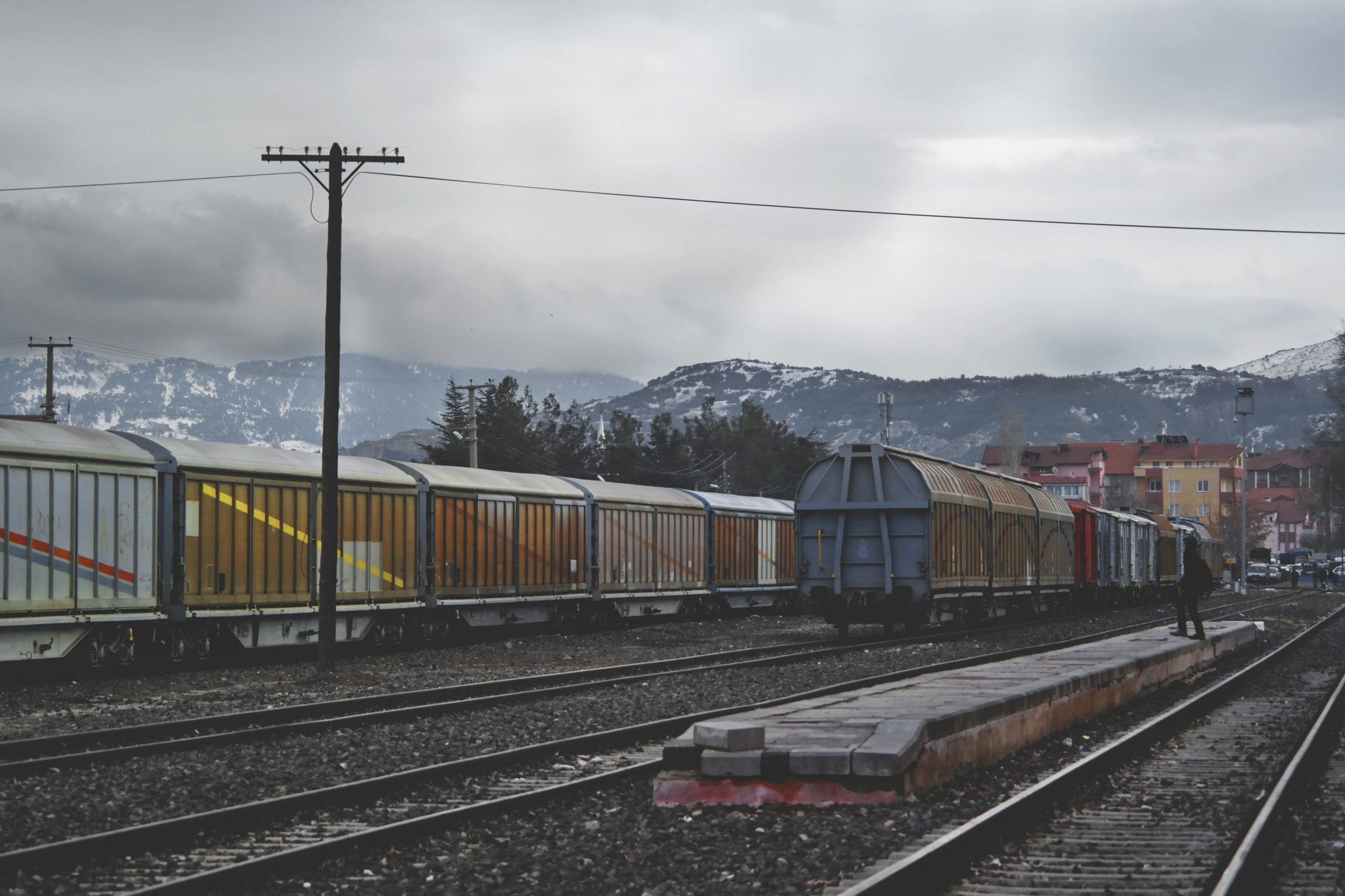Today on the Edge of Innovation, we are talking with Taylor Robinson of PLG Consulting about how transportation logistics builds the future.
Hacking the Future of Business!

Today on the Edge of Innovation, we are talking with Taylor Robinson of PLG Consulting about how transportation logistics builds the future.

Today on the Edge of Innovation, we are talking with Taylor Robinson of PLG Consulting about the business of logistics and moving sand around the world.

Today on the Edge of Innovation, we are talking with Taylor Robinson of PLG Consulting about the business of logistics.